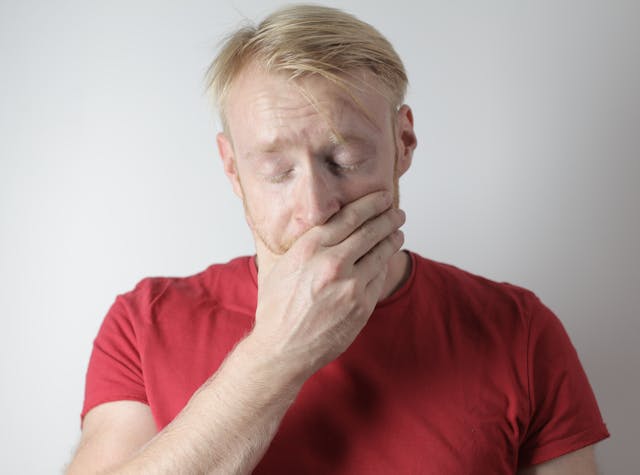Understanding OCD is key to recovering. Obsessive-Compulsive Disorder (OCD) is not uncommon (see statistics below). But it is often misunderstood. We know the pop culture depictions of the disorder but, of course, there’s much more to know.
People with OCD frequently assign an exaggerated sense of responsibility to themselves. They believe they are the ones who can prevent harm from happening to themselves or others. Simultaneously, someone with OCD almost always sees more risk in daily life than actually exists.
In simple terms, the obsession part involves intrusive and irrational thoughts that may feel relentless. The compulsion part involves the behaviors a person uses in an attempt to control the obsessive thoughts.
Who Gets OCD?
Anyone can get OCD — regardless of age, sex, race, etc. However, some trends exist, e.g.:
- The risk for OCD is about three times higher for females than males
- While OCD can arise at any age, its first appearance most commonly occurs between ages 8 and 12 or during late teens/early adult years
- OCD can run in families
Currently, an estimated 2 to 3 million U.S. adults have OCD (about 1.2 percent of the population). For children and teens, that number might be around 500,000. There is no known cause for OCD. Experts assume that both genetics and environment can play a major role.
Understanding OCD-How Does OCD Affects People?
While every experience of Obsessive-Compulsive Disorder is unique to that individual, we know enough about the condition to discuss it in broad terms. For starters, keep all of this in mind:
- People with OCD get chronic, worrisome, and intrusive thoughts
- To them, such thoughts represent genuine, highly likely threats
- Even when others assure them that no risk is present, the person with OCD perceives danger
- Therefore, they must immediately take some kind of action to prevent a crisis
- What compels their compulsions is a fear of the consequences if they don’t act
 The actions and rituals typically taken don’t appear to have anything to do with the feared event. As a result, to outsiders, it may look like a kind of superstition. For most people with OCD, there is an awareness of how irrational their behaviors are (in rare instances, the person may not be self-aware). Hence, the hallmark of the disorder is a sense that both the obsessions and the compulsions are beyond your control.
The actions and rituals typically taken don’t appear to have anything to do with the feared event. As a result, to outsiders, it may look like a kind of superstition. For most people with OCD, there is an awareness of how irrational their behaviors are (in rare instances, the person may not be self-aware). Hence, the hallmark of the disorder is a sense that both the obsessions and the compulsions are beyond your control.
Over time, the intrusive thoughts can cause more and more distress. This, as you might imagine, heightens the urgency and the number or frequency of the compulsions.
Common Examples of Obsessions and Compulsions
Obsessions
- Germs, disease, and illness
- Bodily fluids
- Dirt
- Toxic chemicals
- Perfectionism, keeping order, and not losing things
- Lucky numbers, colors, etc.
- Unwanted sexual thoughts
- Fear of losing control which can lead to self-harm, harming others, committing a crime, or behaving inappropriately in public
- The need to not accidentally cause harm to others
Compulsions
- Extreme washing, bathing, cleaning, etc.
- Repetitive behavior, e.g. rewriting, restating, body movements (like tapping), routines, completing actions a specific number of times, etc.
- Checking and rechecking that you have not caused something bad to happen
- Examining and reexamine your body for issues, problems, or symptoms
- Hoarding, collecting and storing items
- Putting items in a specific order
- Obsessively reviewing events and/or praying that you won’t cause harm
Treatment
OCD can be effectively treated. Since the symptoms are thoughts and reactions to thoughts, your therapist will help you find ways to minimize and manage this uncomfortable cycle. Depending on each person’s situation, there are steps that can be taken to change an individual’s relationship to their obsessions and thus, their compulsions.
If you would like to live a life less impacted by OCD, let’s talk. I’d love to help you along this path through anxiety therapy.





